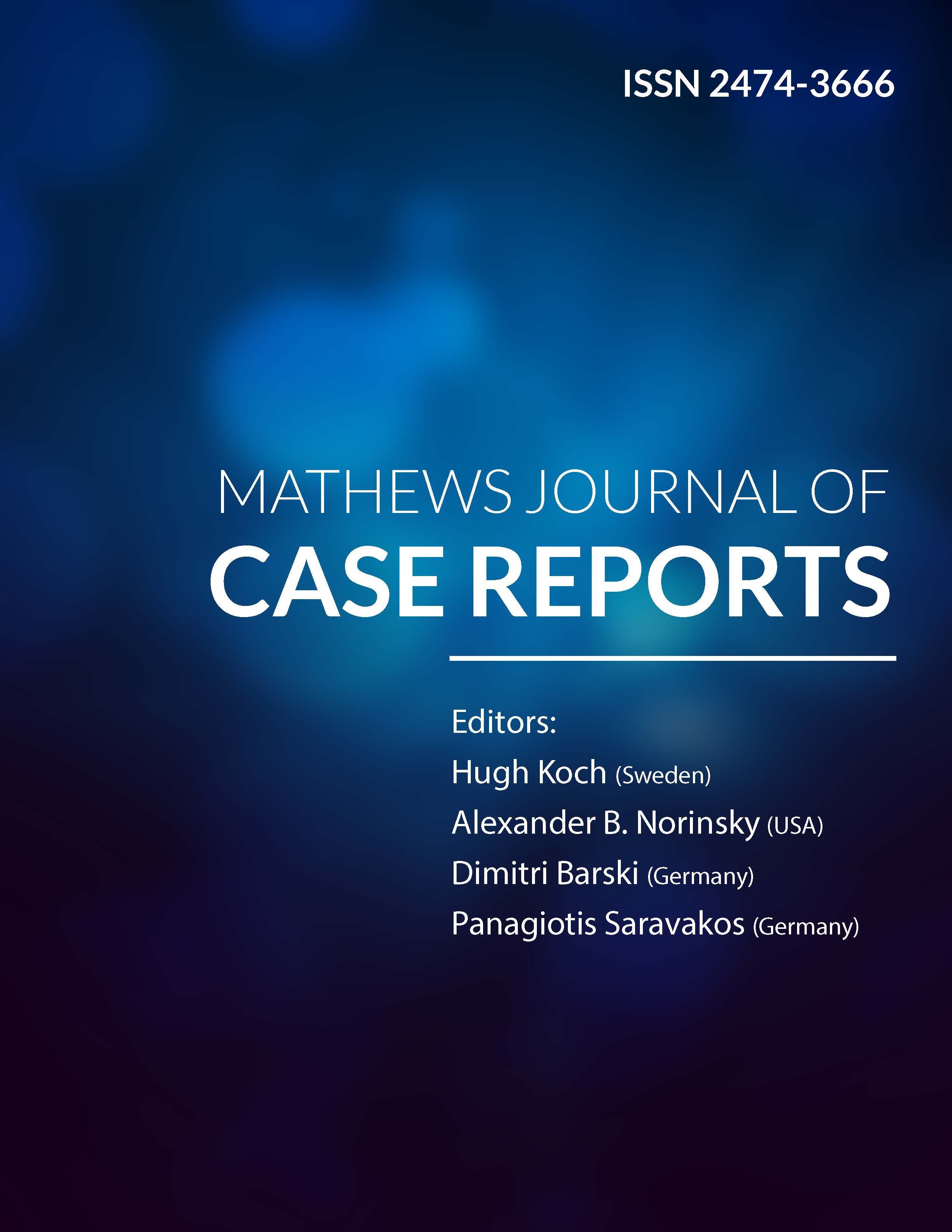
Information Links
Previous Issues Volume 1, Issue 4 - 2016
CT Features of Galen Vein Aneurysm
Hidayatullah Hamidi1, Najibullah Rasouly1, Jamshid Sadiqi1, Reshad Faizi1, Fazil Rahman Faizi1, Mohammad Nawaz Nasery2, Din Mohammad Najah2
1Radiology department, French Medical Institute for Children (FMIC), Kabul, Afghanistan.
2Radiology department, Ali Abad Teaching Hospital, Kabul, Afghanistan.
Corresponding Author: Mohammad Nawaz Nasery, Ali Abad Teaching Hospital Kabul, Afghanistan, Tel: +93 20 250 0522; E-Mail: [email protected]
Received Date: 03 Aug 2016
Accepted Date: 11 Nov 2016
Published Date: 14 Nov 2016
Copyright © 2016 Nasery MN
Citation: Nasery MN, Hamidi H, Najah DM, Sadiqi J. et al. (2016). CT Features of Galen Vein Aneurysm. Mathews J Case Rep 1(4): 018.
ABSTRACT
Vein of Galen malformations (VOGMs) are very rare intracranial vascular defects. VOGMs are well defined, rounded, intracranial space occupying lesions located within the cistern of velum interpositum. Patients may have headache, seizures, proptosis, cyanosis, hydrocephalus, developmental delay and focal neurological deficits.
Antenatal and postnatal ultrasound is the primary diagnostic tool for detecting VOGMs. Both CT and MRI can be used to delineate the malformations cross-sectionally. CT angiography is another diagnostic modality but is technically challenging in neonates with high output cardiac failure due to small volume of contrast passing rapidly through the circulation and for vascular anatomy MR angiography would be a better diagnostic tool. Angiography remains the gold standard for full characterisation of the lesion.
In this study brain CT of an eight-month-old boy showed typical well defined, rounded, isodense space occupying lesion in the midline resulting in massive hydrocephalus.
KEYWORDS
Vein of Galen Malformations; Vein of Galen Aneurysm; CT-Scan.